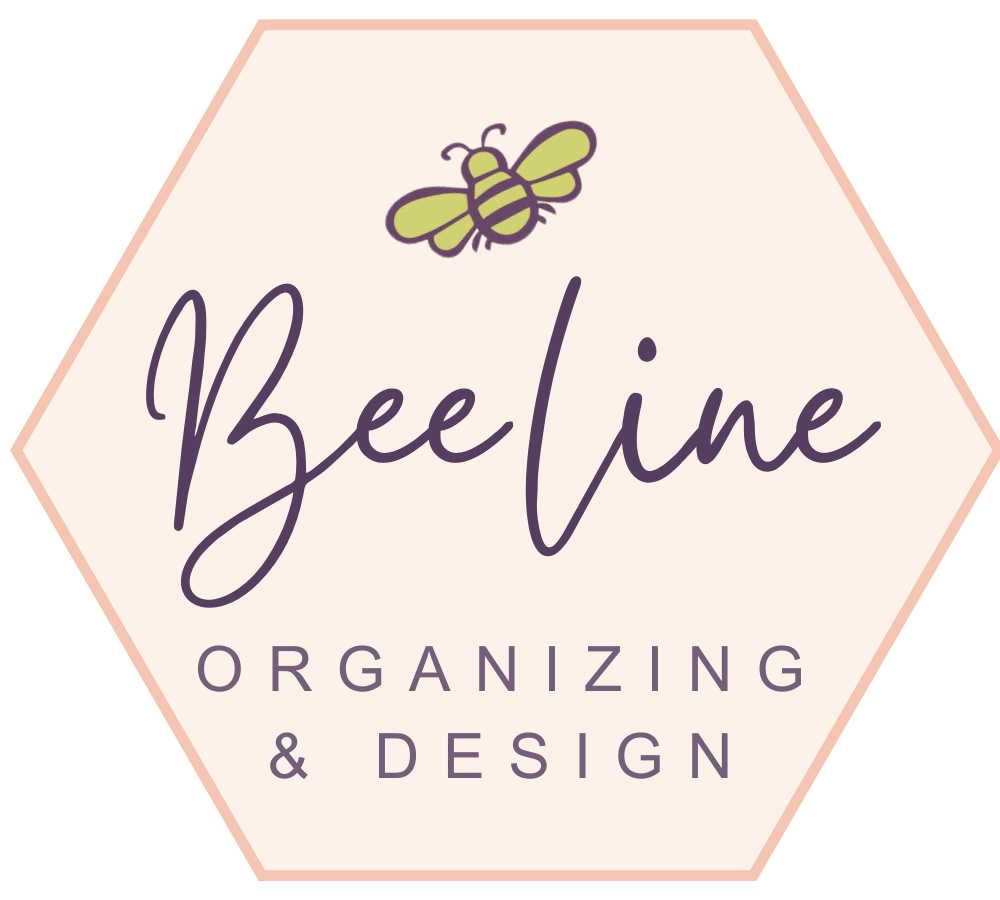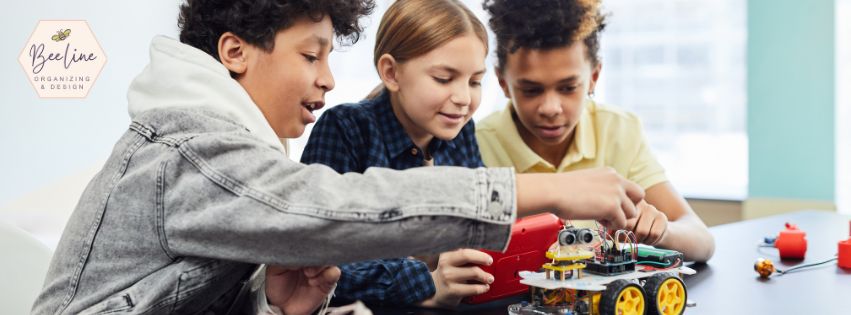Are Kids Happier with Fewer Toys?
In today’s fast-paced consumer culture, it’s easy for children to be overwhelmed by the abundance of toys surrounding them. Parents often grapple with the question: are kids happier with fewer toys? Recent studies and parenting experts suggest that minimal toys for kids can actually lead to less stress, more creativity, and a happier childhood. Let’s delve into how reducing toy clutter can positively impact children and why embracing minimalism might be the key to enhancing their well-being.
The Overload of Toys and Its Impact on Children
Many children today have a vast collection of toys, with new ones regularly added during birthdays and holidays. While gifting toys is often seen as a way to bring joy, an excess of options can paradoxically cause stress and overwhelm children. When kids face too many choices, their attention is fragmented, and they rarely engage deeply with any one item. This constant switching between toys can diminish their ability to focus, leading to feelings of frustration and even boredom.
Moreover, piles of toys can lead to cluttered environments. A cluttered space often correlates with a cluttered mind. For children, this can translate into difficulty relaxing, trouble concentrating on activities, and even increased anxiety or irritability. In contrast, a simplified environment with minimal toys for kids encourages calmer, more mindful play.
Benefits of Minimal Toys for Kids for Less Stress
When children have fewer toys, they often experience less stress and more satisfaction in their playtime. Here are some key advantages of embracing minimalism with children’s toys:
Enhanced Creativity and Imagination
With a limited variety of toys, children are encouraged to think creatively. Instead of relying on toys that dictate their play, they invent their own stories, games, and uses for each item. This nurtures imagination and problem-solving skills.
Improved Focus and Attention
Minimal toys reduce distraction, making it easier for kids to focus on what they are doing. Whether building blocks, a doll, or a puzzle, fewer items allow children to engage deeply and persist with one activity longer.
Easier Organization and Responsibility
Fewer toys mean less mess and easier cleanup. Children can learn to take responsibility for their belongings and develop organizational skills without feeling overwhelmed by clutter.
Stronger Appreciation for What They Have
When kids receive fewer toys, they tend to value and care for their possessions more. This gratitude can extend beyond toys to other areas of life, fostering a healthy attitude toward consumption.
How to Introduce Minimal Toys for Kids in Your Home
Transitioning to minimal toys for kids does not mean depriving them but rather intentionally choosing meaningful and versatile toys that encourage enriching play. Here are some tips for parents looking to foster a less stressful toy environment:
Evaluate Current Toys and Donate Excess
Sort through your child’s toys and involve them in deciding which toys they truly enjoy. Donate or store away those that are rarely used. This makes the remaining toys more accessible and appreciated.
Choose Quality over Quantity
Select toys that provide open-ended play, such as building blocks, art supplies, or simple dolls. These versatile toys grow with a child’s imagination and keep them interested over time.
Rotate Toys Regularly
If your child has a larger collection, try a rotation system. Keep a limited number of toys available and store the rest. Rotate toys periodically to keep play fresh without creating clutter.
Create a Calm Play Environment
Designate a clean, organized play space that invites children to use their minimal toys. A peaceful environment promotes focus and enjoyment.
Addressing Concerns About Minimalism and Child Development
Some people worry that fewer toys might limit a child’s development or happiness. On the contrary, research shows that children with minimal toys often have better social skills and emotional health. With fewer distractions, kids tend to develop deeper friendships, exhibit greater independence, and show enhanced creativity.
It is important, however, to balance minimalism with the child’s interests and needs. Minimal toys do not mean no toys but rather choosing thoughtfully to support a child’s growth.
Final Thoughts
Are kids happier with fewer toys? The evidence suggests yes, especially when considering the benefits of minimal toys for kids for less stress and greater emotional well-being. Reducing toy clutter helps children focus, fosters creativity, and creates a more peaceful environment conducive to joyful play. Parents looking to nurture happier, healthier children would do well to embrace the philosophy of minimalism—not by depriving children, but by providing them with meaningful, engaging play experiences. Ultimately, it’s not the volume of toys but the quality of play and connection that truly makes kids happy.
Visit our blog page for more interesting articles

